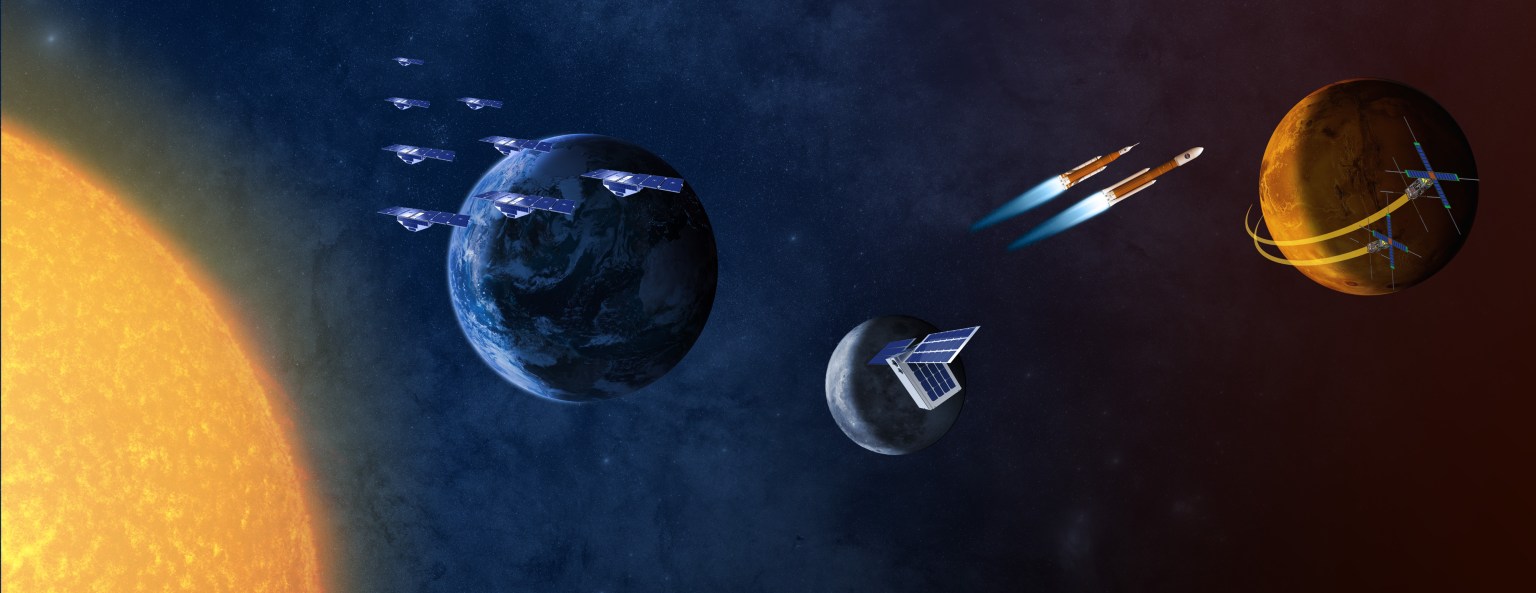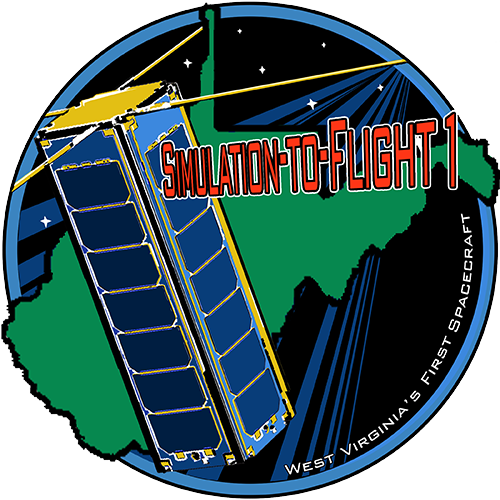Small Spacecraft Community of Practice
Subscribe to receive announcements for the Small Spacecraft Systems Virtual Institute’s (S3VI) monthly webinar series and quarterly newsletter here. We look forward to your participation!

IceCube: A Pathfinder of Submillimeter-Wave Remote Sensing on a CubeSat
Speaker: Dong Wu, Ph.D., NASA Goddard Space Flight Center
Wednesday, January 12, 2022
10:00AM-11:00AM Pacific Standard Time
Click here to watch the webinar.
Click here to download the presentation.
Please contact Julianna.L.Fishman@nasa.gov if you experience issues with the audiovisual connection to this webinar.
Abstract:
IceCube came to being in 2014-2017 when CubeSat development was mostly in an early trial-and-error phase. The IceCube project (funded by NASA’s Earth Science Technology Office / In-Space Validation of Earth Science Technologies program, Science Mission Directorate, and Goddard Space Flight Center) is a NASA pathfinder mission to shorten the technology development cycle using a CubeSat as rapid access to space. IceCube helped to overcome some early challenges in CubeSat development, while its main goal was to advance a submillimeter-wave receiver technology for future cloud remote sensing. IceCube, a 3-unit (3U) CubeSat with a single payload (883-GHz radiometer), has no moving parts nor onboard calibration sources. The radiometer relies primarily on the CubeSat spinning to achieve its radiometric calibration. During its successful operation in 2017-2018, IceCube was able to produce 15 months of scientifically useful cloud studies data. Several in-flight experiments were found valuable for later CubeSat mission development, including:
- Spinning the CubeSat around the Sun (day) and geomagnetic-field (night) vectors
- Operating 4-state onboard noise source for radiometric calibration
- Demonstrating a controlled 3 degrees/s spin rate at 200 km orbital altitude
- Mapping the first global 883-GHz cloud radiances
Although IceCube exceeded expectations in its mission lifetime, payload performance, and science return, it was a risk-bearing mission. The project directed its limited resources to identify, test and fix the most risky components and subsystems during the period of rapid development, to ensure a balanced risk portfolio in the flight unit. It was the team’s experience and tailored class-D system engineering that made IceCube a succesful and cost-effective mission.
Speaker Biosketch:
Dr. Dong L. Wu is a project scientist in NASA’s Goddard Space Flight Center (GSFC). His research interests include remote sensing of atmospheric clouds and winds. He was the principal investigator (PI) of Goddard’s IceCube project. Prior to joining Goddard, Dr. Wu was a Principal Research Scientist and the supervisor of the Aerosol and Cloud Group at NASA’s Jet Propulsion Laboratory (JPL), California Institute of Technology in Southern California during 1994-2011. He was a co-investigator of the Microwave Limb Sounder (MLS) during 1994-2008; CloudSat during 2006-2010; Multi-angle Imaging SpectroRadiometer (MISR) since 2008, and NASA’s Global Navigation Satellite Systems (GNSS) since 2007. Dr. Wu received a B.S. degree in space physics from the University of Science and Technology of China in 1985, and an M.S. and Ph.D. in atmospheric science from the University of Michigan in 1993 and 1994. He has authored and co-authored more than 180 papers in peer-reviewed journals and received a number of awards, including the NASA Exceptional Achievement Medal in 2001 and 2008, JPL Ed Stone award for Outstanding Research Paper in 2006, and Robert H. Goddard Award for Science in 2018.
S3VI encourages the community to submit questions before the webinar to enable more directed responses. Please send questions to raquel.l.redhouse@nasa.gov.






























